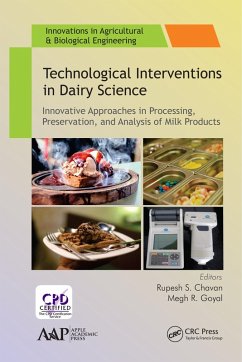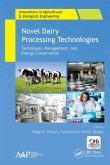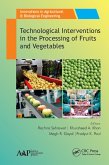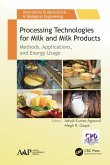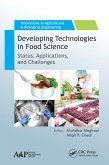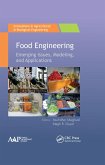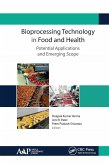Milk is a perishable commodity, and being rich in nutrients, it acts as the perfect substrate for the growth of microflora (sometimes dangerous for consumption). To reduce this, different thermal and nonthermal techniques are used. Thermal treatments are common techniques used for extending the shelf life of milk, such as, for example, pasteurization, sterilization, and UHT, but loss of nutrients is a concern associated with these treatments. Nonthermal treatments like high-pressure processing, pulse electric field, ultra-sonication, and irradiation are also explored in the processing of milk to minimize the loss of nutrients as compared to thermal treatment. Post-process contamination is also a major factor that can affect the shelf life of milk, and safe packaging plays an important role when the milk and milk products are stored at refrigeration or ambient temperature. Many advances in these dairy technologies are presented in this informative volume.
Technological Interventions in Dairy Science: Innovative Approaches in Processing, Preservation, and Analysis of Milk Products will prove valuable for industrial professionals, scientists, regulatory personnel, consultants, academics, students and field-related personnel. The book also attempts to bridge the gap between research and industrial application of recent techniques.
Dieser Download kann aus rechtlichen Gründen nur mit Rechnungsadresse in A, B, BG, CY, CZ, D, DK, EW, E, FIN, F, GR, HR, H, IRL, I, LT, L, LR, M, NL, PL, P, R, S, SLO, SK ausgeliefert werden.

